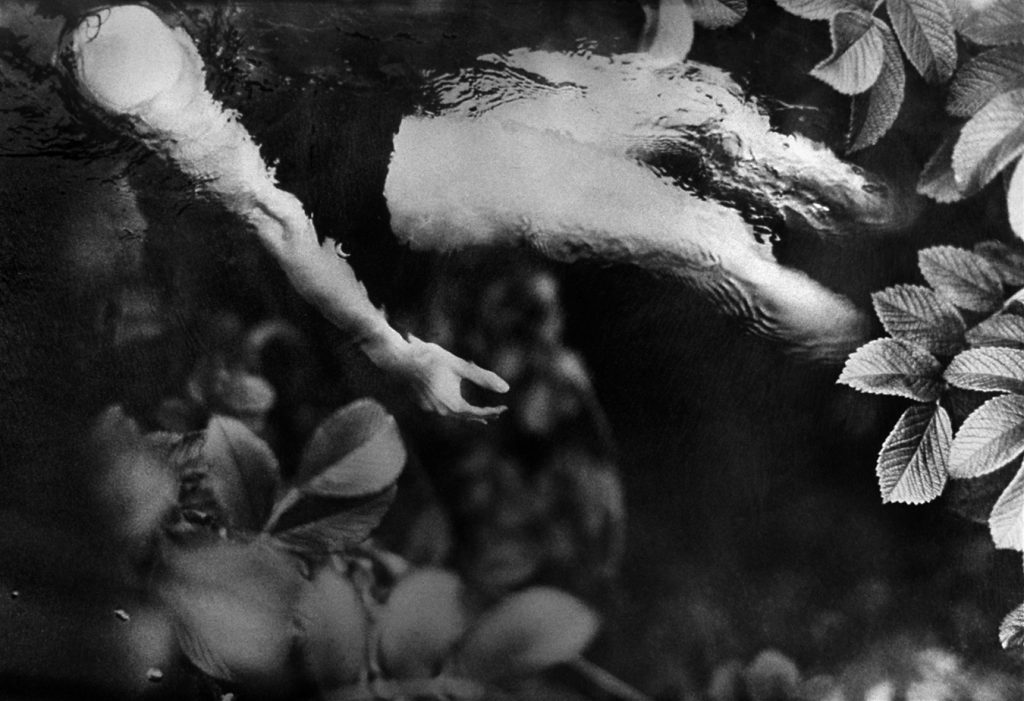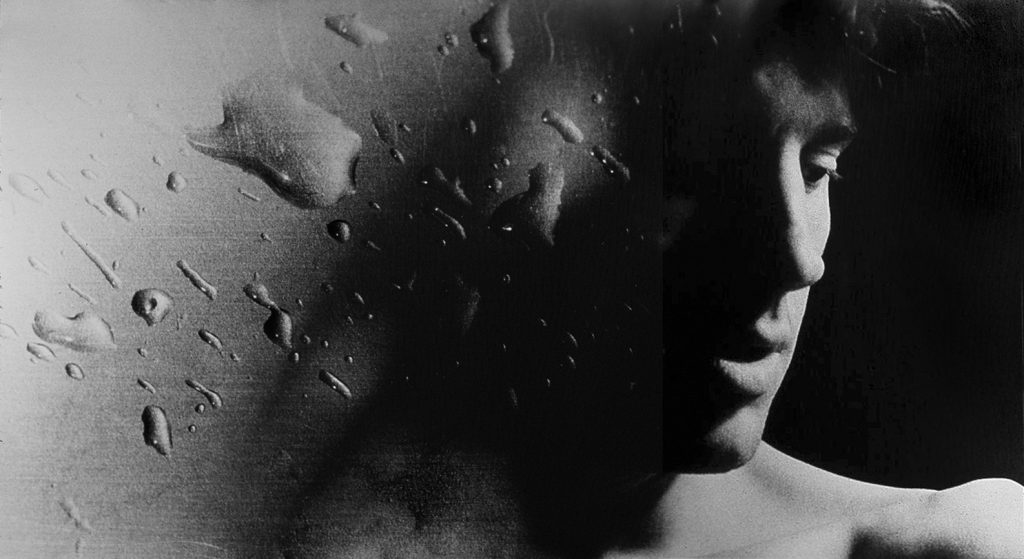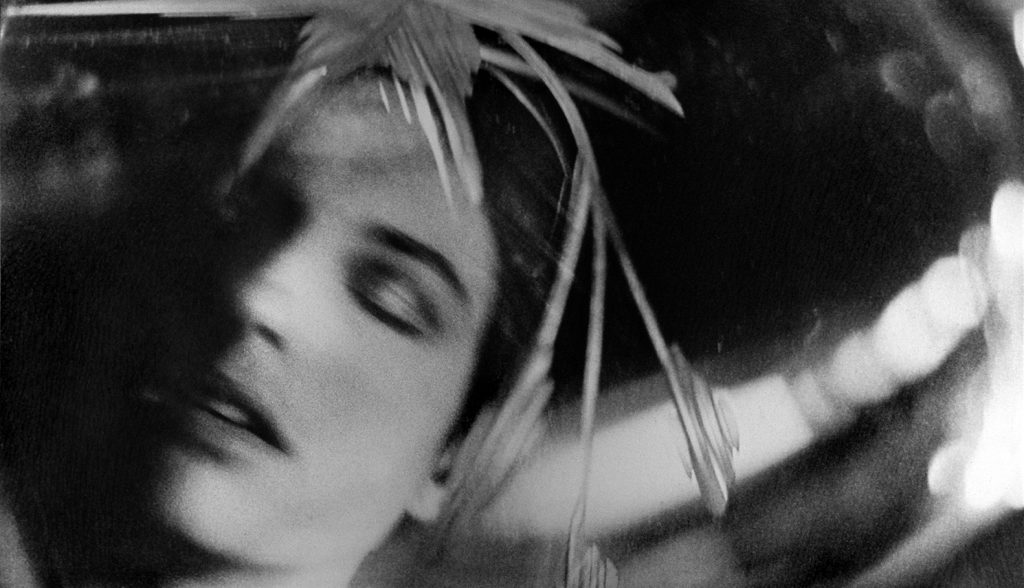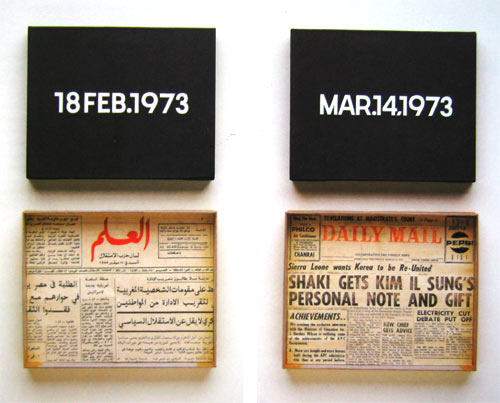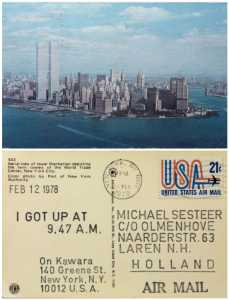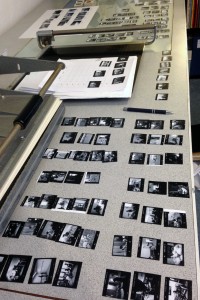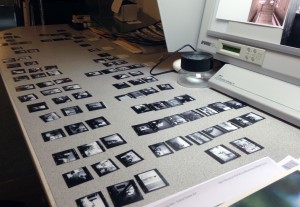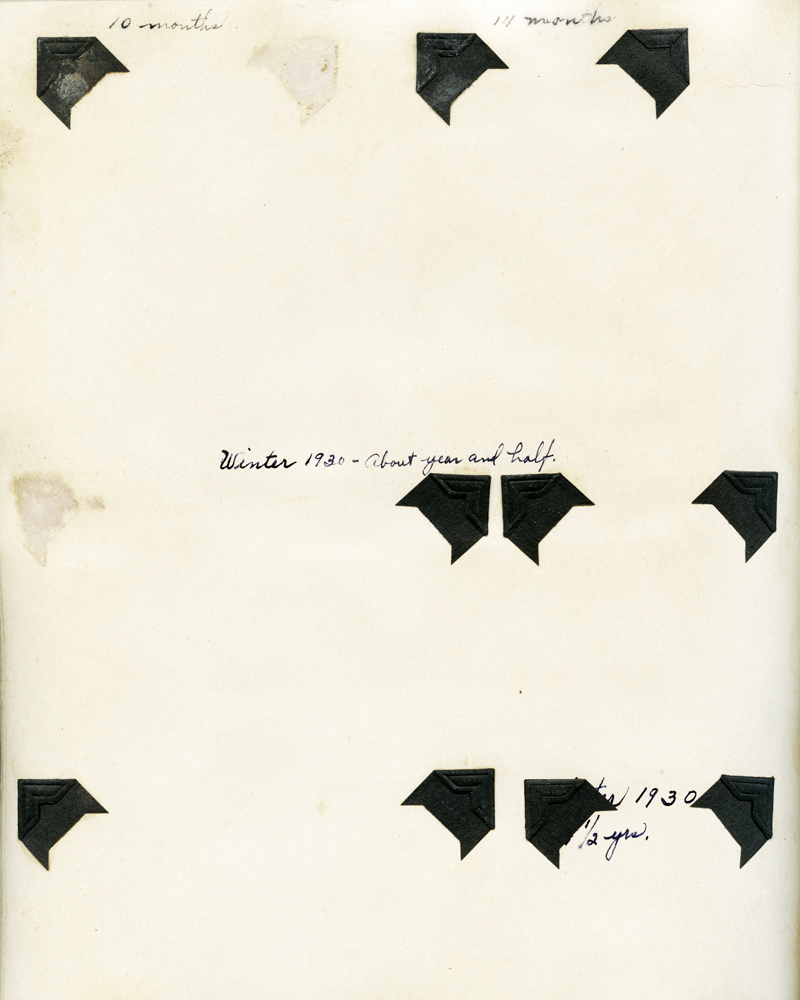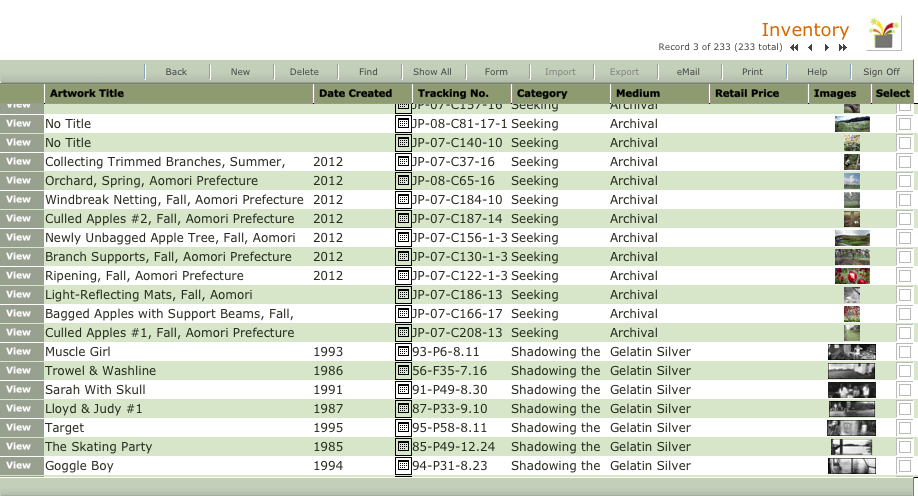My last post addressed the fact that I have been thinking a lot lately about what will happen to my photographs after I am gone. I have not come to any firm conclusions yet, so stay tuned.
But there was an article in the New York Times recently about Bob Dylan's archives which interested me. It didn't provide me with any potential solutions to my own problem, but it was great food for thought.
The Dylan archive, which was recently acquired by a group of institutions in Oklahoma, consists of over 6,000 items which include lyrics, notebooks, correspondence, recordings, films and photographs. Apparently no one had known prior to this that his archives were so extensive, and the Times' article discusses what a treasure trove it will be for researchers:
"With voluminous drafts from every phase of Mr. Dylan's career, the collection offers a comprehensive look at the working process of a legendarily secretive artist. ... The range of hotel stationary suggests an obsessive self-editor in constant motion."
Apparently, the archives were formed by simple accumulation over the years, and then placed in storage. Dylan eventually hired an archivist, who started the process of organizing everything before it was offered for sale.
One of the most intriguing questions posed by the article was whether other rock artists of the 60's and 70's will follow in Dylan's footsteps when it comes to their archives. Jon Landau, Bruce Springsteen's manager, noted "the disconnect between the needs of professional archivists and the culture of rock in the 1960's. "Was anyone sitting around worrying about this kind of thing back then?", he said. "We were living in the era of 'Hope I die before I get old.'" It's my guess that very few of the giants of rock from that era would have such an extensive collection of items as Bob Dylan has. And I wonder how many artists from all media think about something like this?
Finally, the article mentions that, despite the large volume of items that make up his archive, it reveals very little about Dylan the man that is not already known. Since Dylan is known for being obsessively private, that does not surprise me. It makes me wonder if he edited out anything that referred to his personal life so that it would never see the light of day.
All of this brings up the question of what exactly would be valuable to include in one's archive. In my case, just "final" photographs that were published or exhibited? All of my negatives and contact sheets and RAW digital files with nothing edited out? Technical notes? Work prints? Correspondence with galleries, curators, museums, fellow artists? Personal journals? Bob Dylan is a seminal artist in his field, who has influenced his medium in profound ways. I am not such an artist in my field. It makes sense to me that what would be included in a valuable archive of an artist of Dylan's stature would be quite different from what would be included in mine. But.... maybe not?
The question of what to include is an challenging one because it of course means that you would be editing the items, unless you were to include absolutely everything you ever created or did. And in editing the items, you would be creating a specific picture of yourself as an artist that might be different than the one others would get if left unedited.
And, if you are not a Bob Dylan or an Ansel Adams or a Sally Mann, then who are you creating an archive for? Where would it be housed? Who would have access to it? Who would be interested in it? Why create one at all?
So many questions, and so few answers, at least for now.
